I have an image to process.I need detect all the circles in the image.Here is it.

And here is my code.
import cv2
import cv2.cv as cv
img = cv2.imread(imgpath)
cv2.imshow("imgorg",img)
gray = cv2.cvtColor(img,cv2.COLOR_BGR2GRAY)
cv2.imshow("gray",gray)
ret,thresh = cv2.threshold(gray, 199, 255, cv.CV_THRESH_BINARY_INV)
cv2.imshow("thresh",thresh)
cv2.waitKey(0)
cv2.destrotAllWindows()
And I tried to use erode and dilate to divided them into single.But it doesnt work.My question is how to divide these contacted circles into single,so i can detect them.
According to @Micka's idea,I tried to process the image in following way,and here is my code.
import cv2
import cv2.cv as cv
import numpy as np
def findcircles(img,contours):
minArea = 300;
minCircleRatio = 0.5;
for contour in contours:
area = cv2.contourArea(contour)
if area < minArea:
continue
(x,y),radius = cv2.minEnclosingCircle(contour)
center = (int(x),int(y))
radius = int(radius)
circleArea = radius*radius*cv.CV_PI;
if area/circleArea < minCircleRatio:
continue;
cv2.circle(img, center, radius, (0, 255, 0), 2)
cv2.imshow("imggg",img)
img = cv2.imread("a.png")
cv2.imshow("org",img)
gray = cv2.cvtColor(img,cv2.COLOR_BGR2GRAY)
ret,threshold = cv2.threshold(gray, 199, 255,cv. CV_THRESH_BINARY_INV)
cv2.imshow("threshold",threshold)
blur = cv2.medianBlur(gray,5)
cv2.imshow("blur",blur)
laplacian=cv2.Laplacian(blur,-1,ksize = 5,delta = -50)
cv2.imshow("laplacian",laplacian)
kernel = cv2.getStructuringElement(cv2.MORPH_ELLIPSE,(7,7))
dilation = cv2.dilate(laplacian,kernel,iterations = 1)
cv2.imshow("dilation", dilation)
result= cv2.subtract(threshold,dilation)
cv2.imshow("result",result)
contours, hierarchy = cv2.findContours(result,cv2.RETR_LIST,cv2.CHAIN_APPROX_NONE)
findcircles(gray,contours)
But I dont get the same effect as @Micka's.I dont know which step is wrong.






